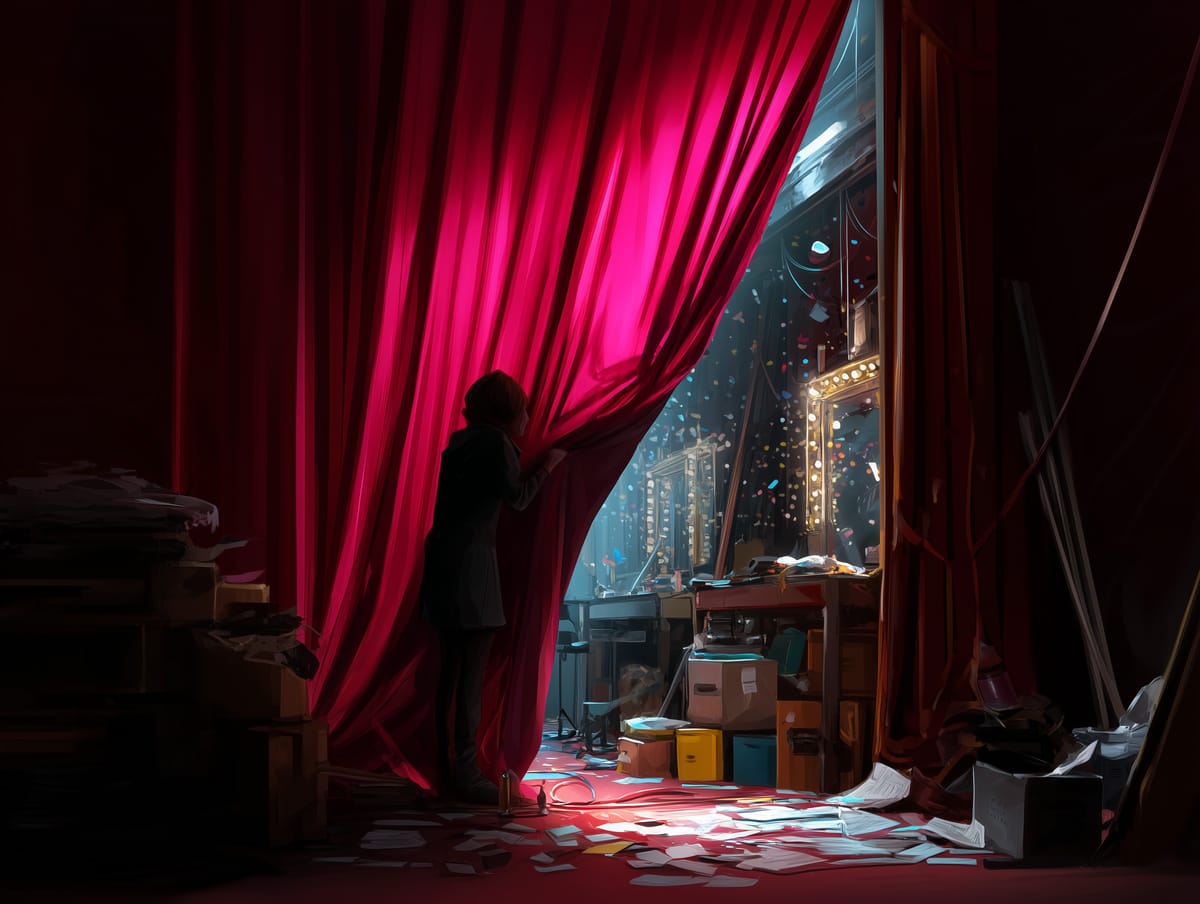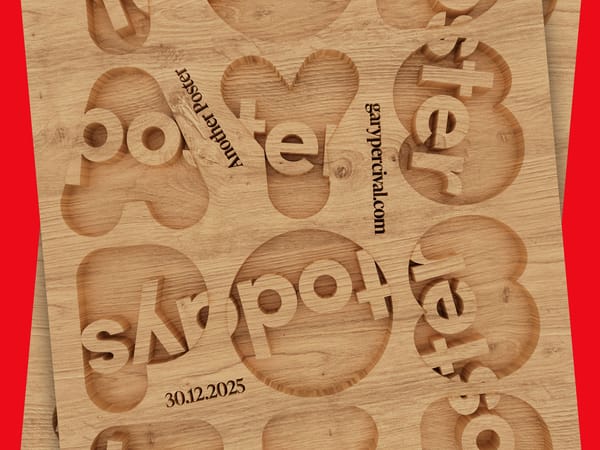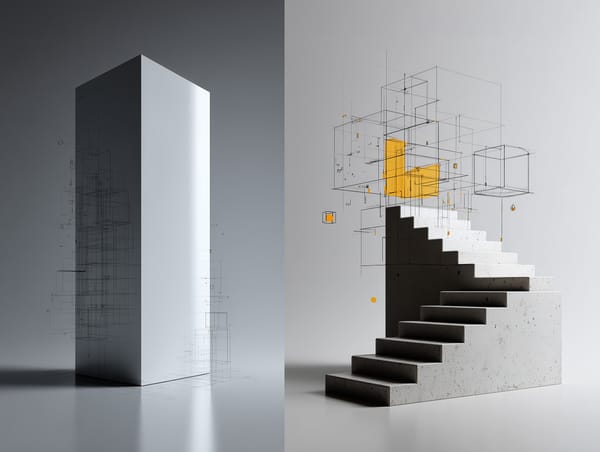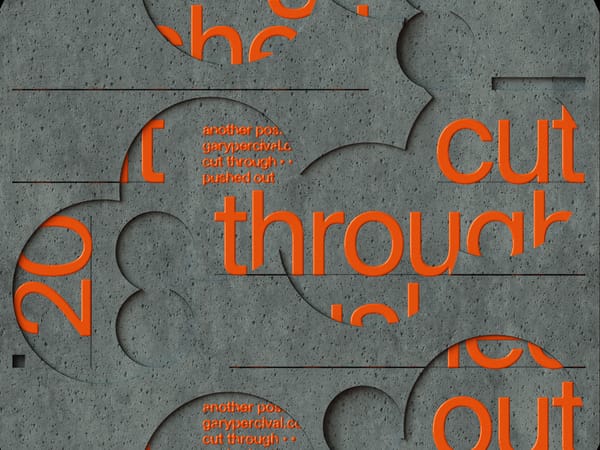Everyone Wants the Dream Job—Until It Looks Like Work
“The difference with a dream job isn’t that it’s effortless. It’s that the effort leads somewhere that matters to you.”

We all want the dream job.
You know the one. The kind that lights you up. The kind where you work with inspiring people, do meaningful creative work, get paid well, and have the freedom to choose your projects. The kind that makes other people say, “Wow, you’re so lucky to do what you love.”
But here’s the truth: dream jobs often look a lot like work. And sometimes, they look like work no one wants to do.
The Fantasy vs. The Reality
We fantasise about the dream job as if it exists somewhere out there, waiting for us to discover it like a prize. But in reality, the best creative careers are often built—not found. They’re carved out of years of persistence, uncertainty, self-doubt, and consistent effort.
What looks like a dream from the outside usually includes:
- Long hours spent learning things no one taught you
- Clients who don’t get it (until they do)
- Projects that fall flat before they take off
- Mistakes, restarts, and awkward conversations
- Pricing confusion, moving goalposts, and negotiating your worth
We imagine endless creative freedom. But sometimes, the job means revising a logo twelve times while negotiating a late invoice.
It’s not glamorous. But it’s part of the job—even the dream one.
The Hidden Work Behind Creative Freedom
Many freelancers and designers pursue this path because they want creative freedom. But creative freedom isn’t handed over—it’s earned and then protected.
You earn it by:
- Showing up when inspiration is nowhere to be found
- Managing your time when no one’s watching
- Learning how to sell your work, not just make it
- Sticking with a project even when it’s lost its shine
And most of the time, the work that makes freedom possible doesn’t feel creative at all. It feels like spreadsheets, sales emails, feedback calls, and financial planning. But that’s the container where creative freedom lives.
Why It Gets Harder Right When It Matters Most
There’s a pattern many creatives experience: the moment things start getting real—when clients are coming in or when the project starts gaining traction—is the exact moment resistance shows up.
Suddenly, everything feels harder. You second-guess yourself. Getting rid of it all and starting over is what you want. You question whether you’re really cut out for this.
That’s not a sign you’re failing.
That’s a sign you’re growing.
Because when the dream job becomes real, it stops being a fantasy. And that transition can be uncomfortable.
It forces you to trade the excitement of potential for the commitment to progress. It forces you to trade wishing for working.
It Still Counts Even When It’s Hard
You don’t have to love every second of your work for it to be the right path. Even in the dream job, there will be days where you’d rather do anything else.
The late nights. The creative blocks. The revisions that make you want to scream.
But that doesn’t mean you’ve chosen wrong. It just means you’re human. Work—even work you love—requires effort.
The difference with a dream job isn’t that it’s effortless. It’s that the effort leads somewhere that matters to you.
When the Dream Is Worth the Work
There’s a unique satisfaction that comes from doing work that aligns with who you are. Not because it’s easy, but because it’s meaningful.
Yes, the admin stuff is tedious. Yes, the self-promotion can feel weird. Yes, pricing your work might make your stomach flip. But all of it becomes part of a bigger picture—a creative life that reflects your values, your skills, and your potential.
And that kind of work? That’s worth it.
How to Keep Going When the Dream Gets Difficult
Here are a few reminders to keep in your back pocket when the dream job starts looking a little too much like plain old work:
Normalise the Boring Bits
No job is 100% creative flow and perfect projects. There will always be admin, emails, edits, and errands. That’s not failure—that’s reality.
Treat those parts as the price of admission. You’re paying your way into work that matters.
Redefine What “Dream” Means
A dream job isn’t about avoiding hard things. It’s about being willing to do hard things for something you care about.
What matters most is the direction you’re headed—not how smooth the road feels today.
Keep Your Eyes on the Bigger Picture
Zoom out. That client revision feels frustrating now, but it’s helping you build trust. That invoice system you’re setting up? It’s part of creating long-term sustainability.
Small annoyances often serve bigger goals. Keep sight of what you’re building.
Take Pride in the Work No One Sees
The world claps for the finished product. But the late-night drafts, the countless iterations, and the hours spent refining your craft—that’s where the real work lives.
You get to clap for that part.
Find People Who Get It
Surround yourself with others on the same path. Share the messy middle. Swap stories about awkward client calls and failed concepts.
Community doesn’t make the work easier, but it makes it lighter.
Final Thought: The Dream Isn’t Dead—It’s Just Wearing Overalls
There’s a quote often (mis)attributed to Thomas Edison:
“Opportunity is missed by most people because it is dressed in overalls and looks like work.”
The same is true of dream jobs.
We think they’ll arrive wrapped in inspiration and applause. But often, they show up disguised as long days, creative risks, and uncomfortable growth.
Everyone wants the dream job—until it shows up wearing overalls.
But if you’re showing up too—day by day, revision by revision, even when it’s hard—then you’re not just chasing a dream.
You’re living it.



